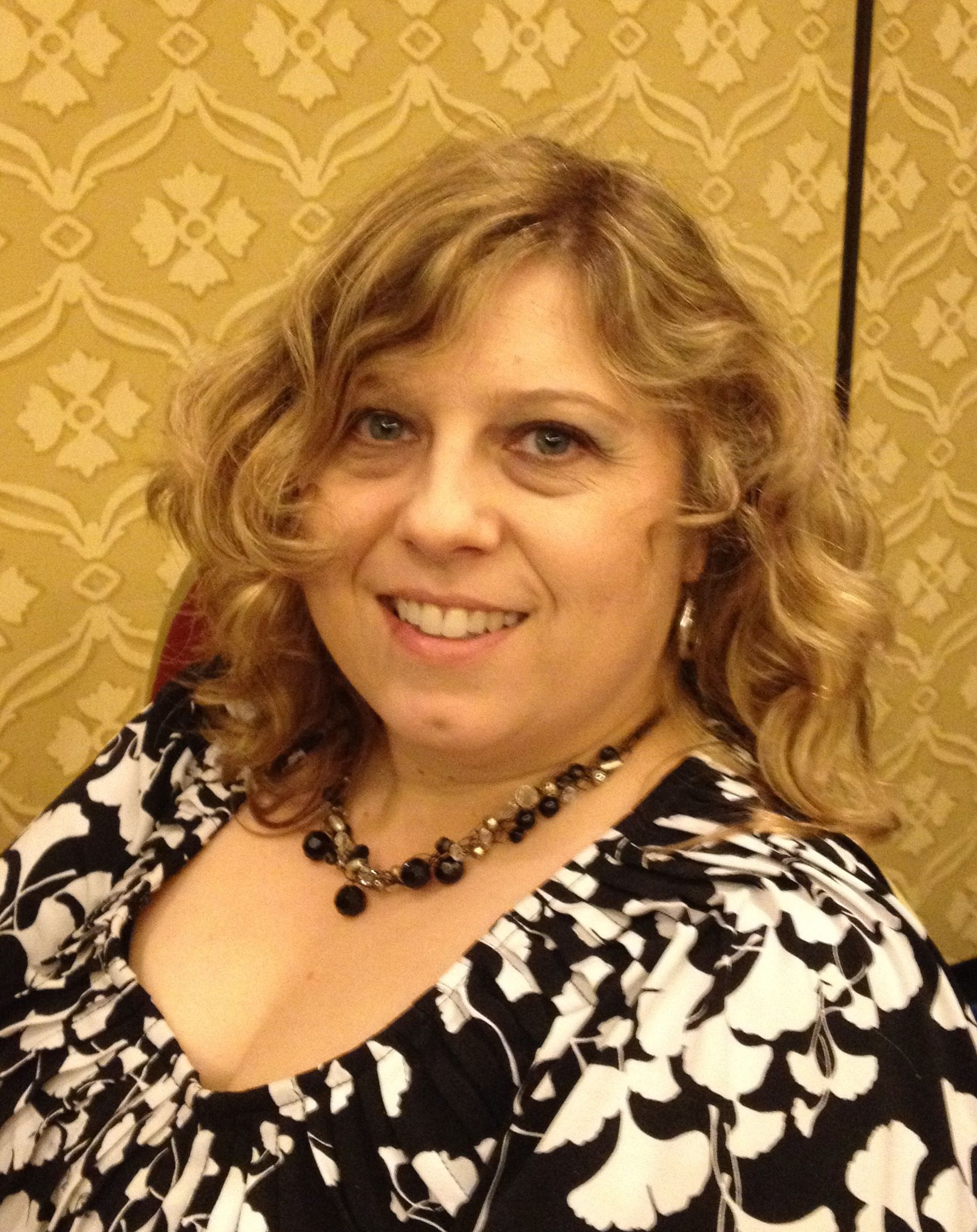Exciting times for contact lenses

Gretchyn M. Bailey, NCLC, FAAO, Editor in Chief, Content Channel DirectorAs I write this, I’m preparing for the American Optometric Association meeting in San Diego. On my schedule I’m noticing a few events around a contact lens launch as well as meetings with representatives from other companies that manufacture contact lenses. I’m also finalizing content for this issue, which includes a special section on contact lenses. (The dynamic duo of Drs. David Kading and Mile Brujic share information on clean lens wear on Page 27, and healthcare writer Frank Celia provides an overview of a new lens on Page 24.) I’m thinking about how much and how quickly contact lenses have evolved in the past 25 years.
What an exciting time for contact lenses!
We have newer and better materials with which to manufacture lenses. We have improved designs for better vision. Multifocal and toric designs are available in many formats to give presbyopes and astigmats more options for lens wear, patient populations who for so long desired clear vision with contact lenses. Scleral lenses have emerged again to breathe new life into GP lens fitting. Daily disposables are beginning to gain traction in the U.S.
Developments in contact lenses are coming faster and faster. I remember when the first 2-week replacement lens was available. I was new to the industry then, working as a technician for Dr. John Duffy and slicing my fingers on the crimped tops of vialed lenses. The contact lenses kept coming….more toric lenses, more multifocal lenses, better toric and multifocal lenses, and even better torics and multifocals. Silicone hydrogel? Got it. Resurgence of continuous wear? Got that, too. Expanded parameters, custom lenses, hand-painted lenses for diseased and traumatized eyes, the explosion of cosmetic contact lenses… Look at how far we’ve come.
The future of contact lenses looks to be just as bright, with great concepts on the horizon. I can’t wait to see what the next 25 years bring.
And I haven’t even touched on lens care.ODT